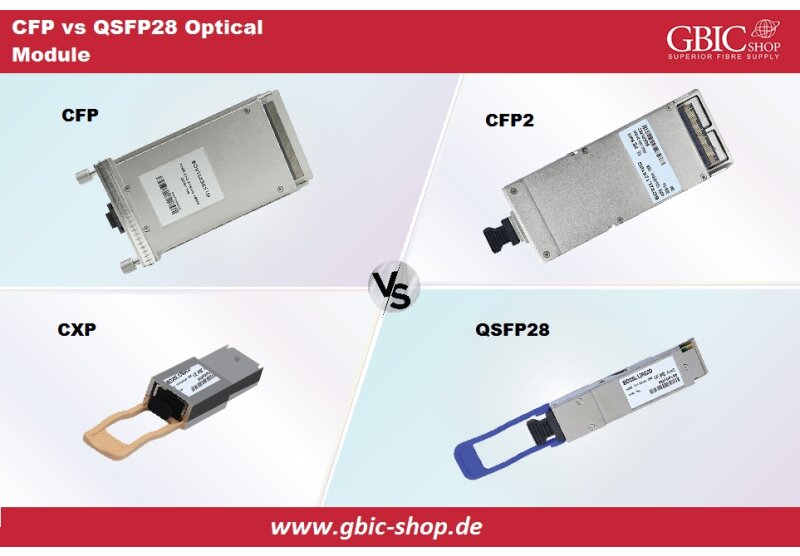Fibre Channel, or FC, is a high-speed network technology (commonly running at 1, 2, 4, 8, 16, 32, and 128 gigabit per second rates) primarily used to connect computer data storage to servers. Fibre Channel (FC) is the prevalent technology standard in the Storage Area Network (SAN) data center environment. Fibre Channel was designed as a serial interface to overcome limitations of the SCSI and HIPPI interfaces.FC did solve many of the problems that existed in the data center. These problems included distance, performance, bandwidth,and overhead issues. The manner in which FC is implemented and its inherent functionality are designed to mitigate against the loss of data, against network congestion, and at the same time, provide a highly available and high performing network. FC was developed with leading edge multi-mode fiber technologies that overcame the speed limitations of the ESCON protocol. By appealing to the large base of SCSI disk drives and leveraging mainframe technologies, Fibre Channel developed economies of scale for advanced technologies and deployments became economical and widespread.
The throughput variants are summarised below observing the increase of capacity from year to year:
|
NAME |
Line coding |
Net throughput per direction; MB/s |
Availability |
|
1GFC |
8b10b |
103.2 |
1997 |
|
2GFC |
8b10b |
206.5 |
2001 |
|
4GFC |
8b10b |
412.9 |
2004 |
|
8GFC |
8b10b |
825.8 |
2005 |
|
10GFC |
64b66b |
1,239 |
2008 |
|
16GFC "Gen 5" |
64b66b |
1,652 |
2011 |
|
32GFC "Gen 6" |
64b66b |
3,303 |
2016 |
|
128GFC "Gen 6" |
64b66b |
13,210 |
2016 |
The Fibre Channel physical layer.
The physical layer is based on serial connections that use corresponding modules. The small form-factor pluggable transceiver (SFP) module and its enhanced version SFP+ are common form factors for ports, supporting a variety of distances via multimode and singlemode fiber as shown in the table below. The SFP module uses duplex fiber cabling that has LC connectors.Although the SFP+ standard does not include mention of 16G Fibre Channel it can be used at this speed. Besides the data rate, the big difference between 8G Fibre Channel and 16G Fibre Channel is the encoding method. 64b/66b encoding used for 16G is a more efficient encoding mechanism than 8b/10b used for 8G, and allows for the data rate to double without doubling the line rate. The result is the 14.025 Gbit/s line rate for 16G Fibre Channel.
The latest version of the protocol rely on Gigabit Ethernet resulting the Fibre Channel over Ethernet or FCoE.Very simply, the Ethernet provides the physical interface, and FC provides the transport protocol, giving us an FC frame delivered in an Ethernet frame. Computers can connect to FCoE with converged network adapters (CNAs), which contain both Fibre Channel host bus adapter (HBA) and Ethernet network interface controller (NIC) functionality on the same physical card.
BlueOptics© SFP and SFP+ product offers for FCoE compatibility covers various lambdas, distances, and data rates making the suitable for 1G FC to 16G Fc.
The quad small form-factor pluggable (QSFP) module began being used for 4-lane implementations of 128GFC. The QSFP uses either the LC connector for 128GFC-CWDM4 or an MPO connector for 128GFC-SW4 or 128GFC-PSM4. The MPO cabling uses 8- or 12-fiber cabling infrastructure that connects to another 128GFC port or may be broken out into four duplex LC connections to 32GFC SFP+ ports. Fibre Channel switches use either SFP or QSFP modules.
 English
English
 Deutsch
Deutsch
 Espaniol
Espaniol










